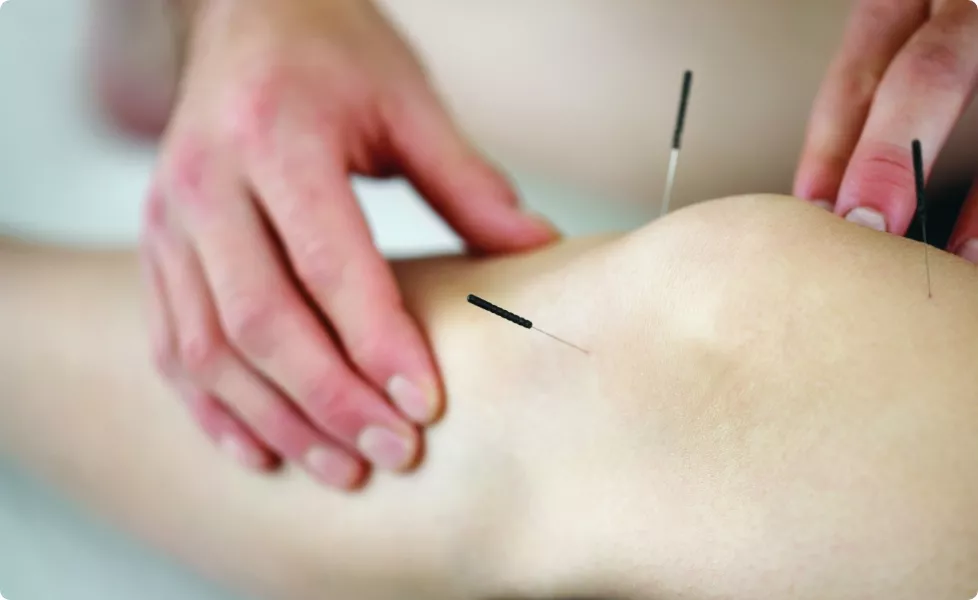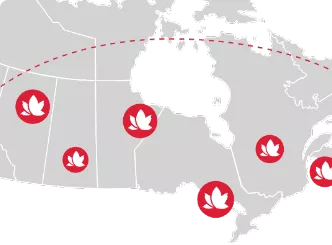
Intramuscular Stimulation
Treat chronic or recurrent muscle pain with Intramuscular stimulation (IMS) or dry needling
The only thing worse than experiencing chronic or recurrent muscle pain is not knowing how to treat it.
Many people suffer from chronic musculoskeletal or neuropathic pain caused by nerve irritation or nerve dysfunction. When nerves are malfunctioning, the muscles they are connected to can become weak, tight and shortened—translation: painful. It feels like your muscles never relax.
The pain and stiffness that is experienced with chronic or recurrent muscle pain conditions may be eased by intramuscular stimulation or IMS.
Intramuscular stimulation (IMS) is a technique that physiotherapists, who have completed IMS certification, use to release or lengthen muscles that may be causing chronic musculoskeletal or neuropathic pain. Very fine needles (the same ones used in acupuncture) are inserted directly into the affected muscle, in order to stimulate healing. This is also often referred to, or known as, “dry needling.”
Vancouver-based physician Dr. Chan Gunn developed IMS in the ‘70s and now offers training and certification for other medical professionals at his Institute for the Study and Treatment of Pain (ISTOP) at the UBC Gunn IMS Centre in the Division of Sports Medicine in the Faculty of Medicine at the University of British Columbia.




